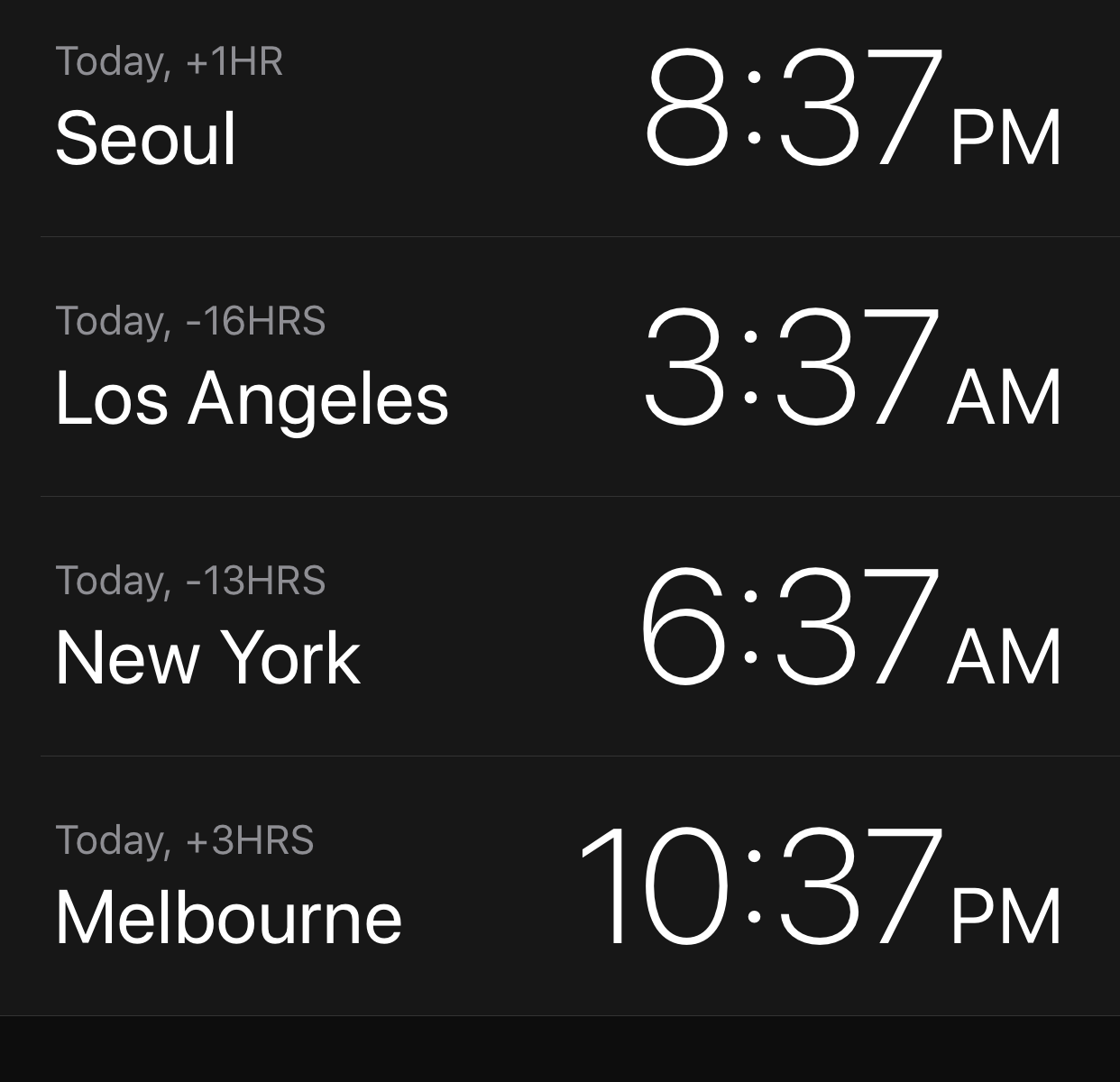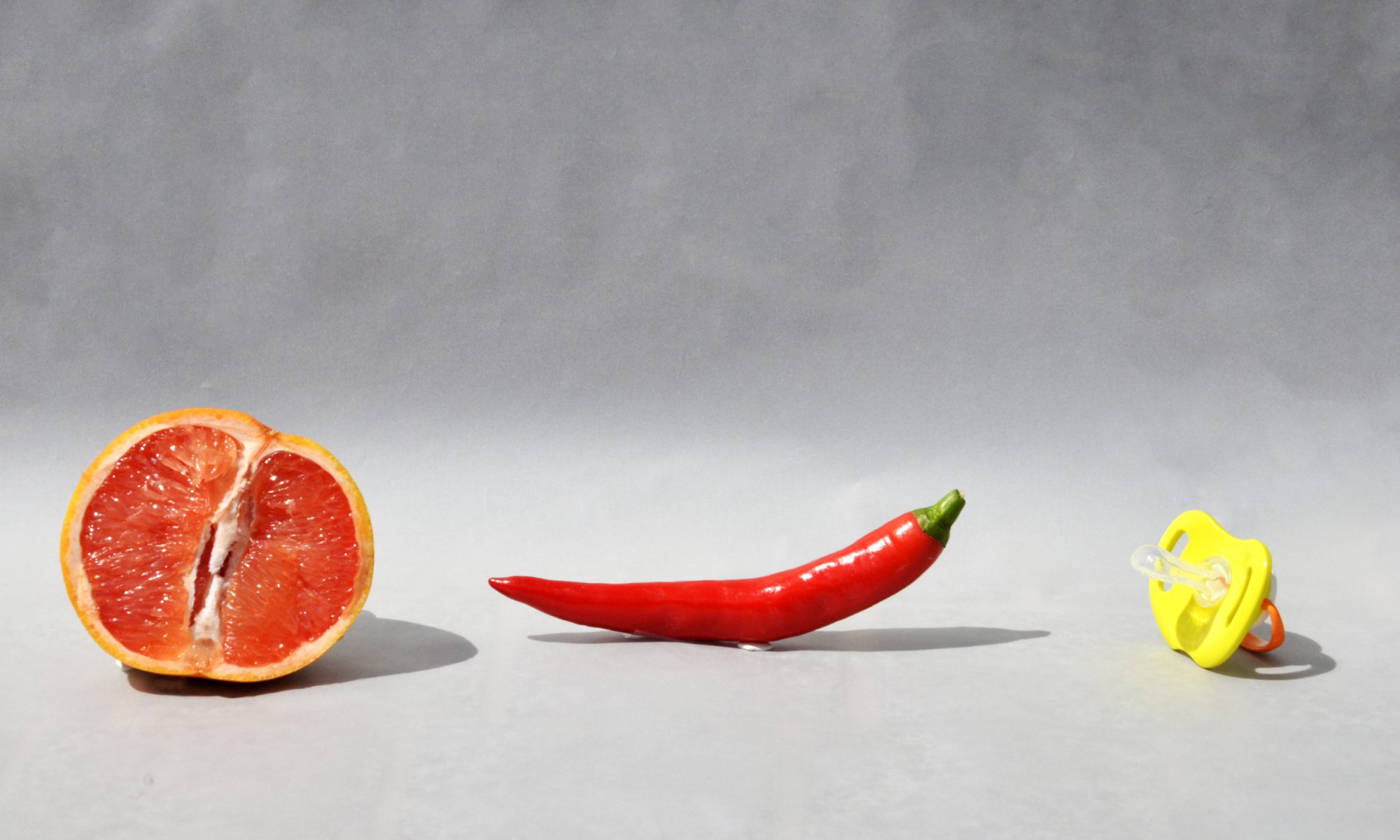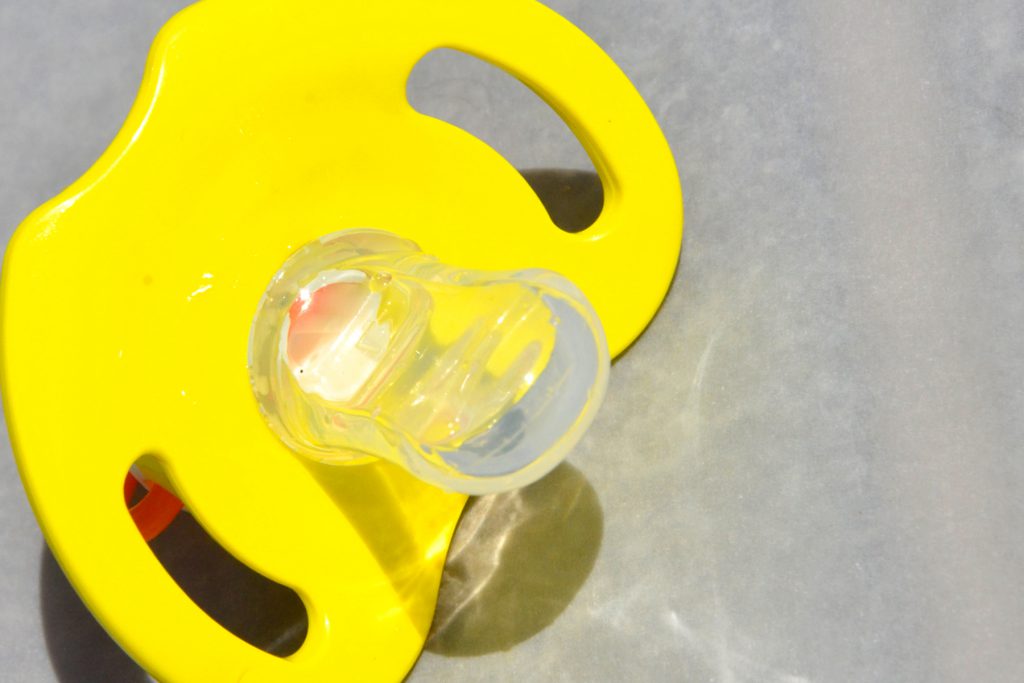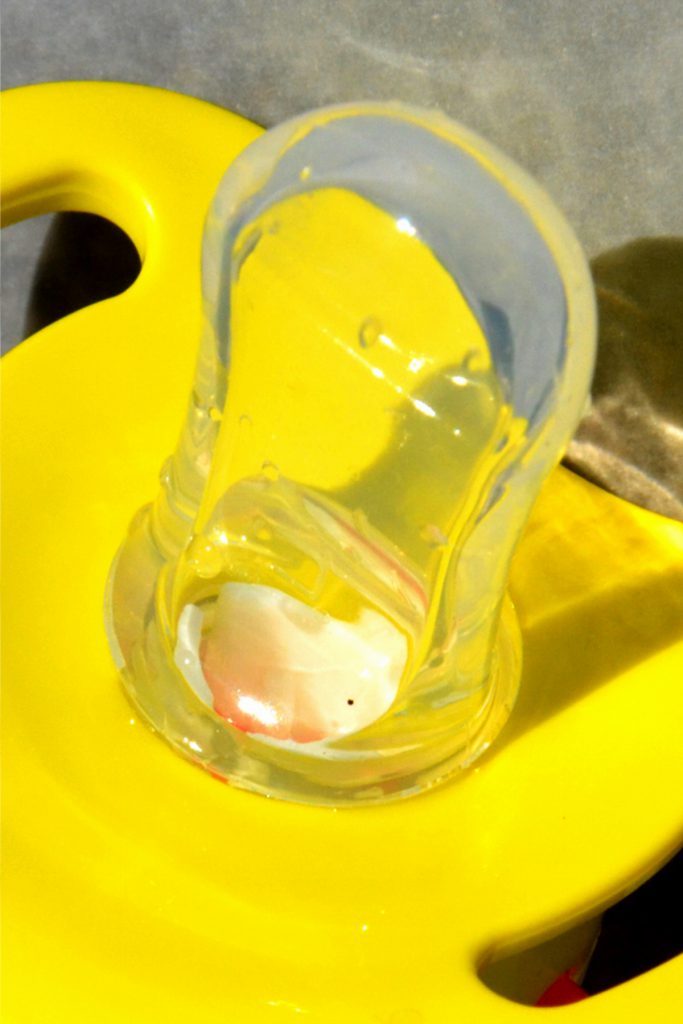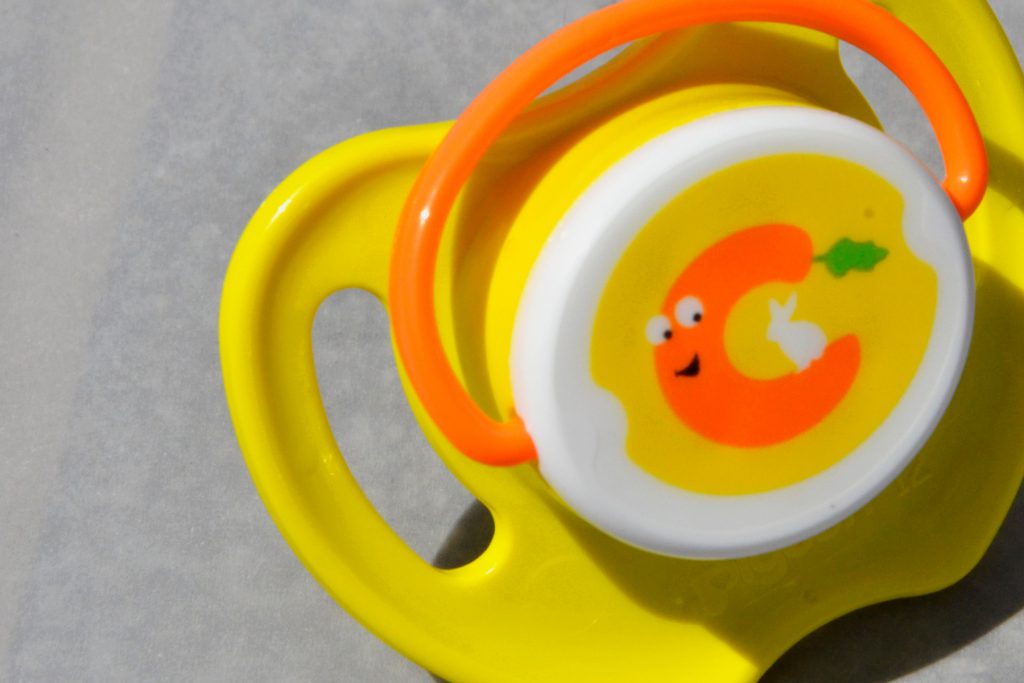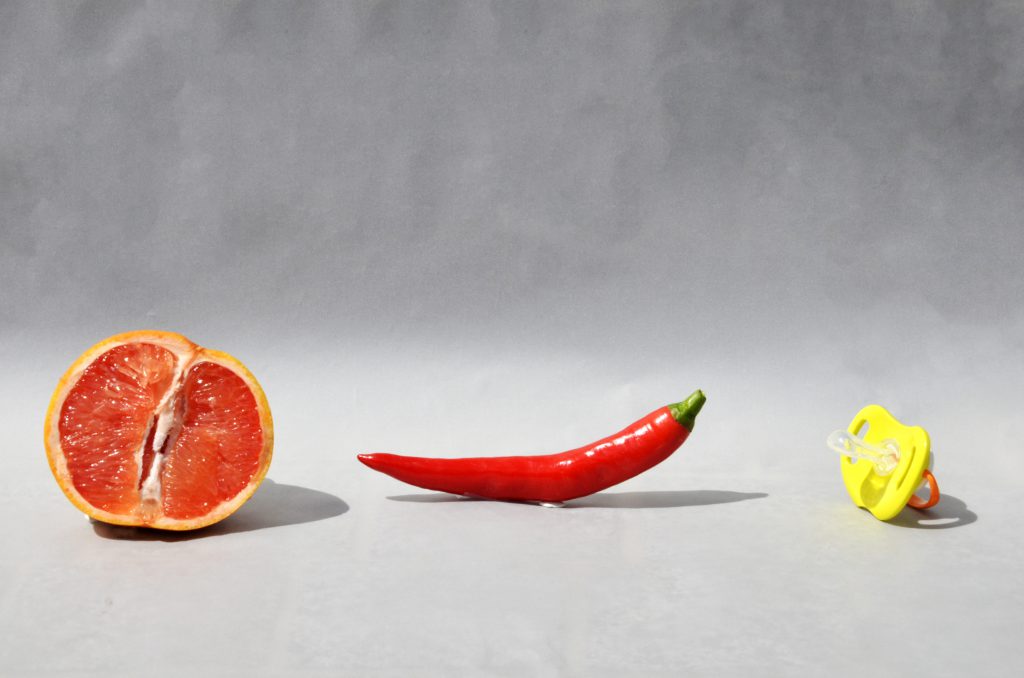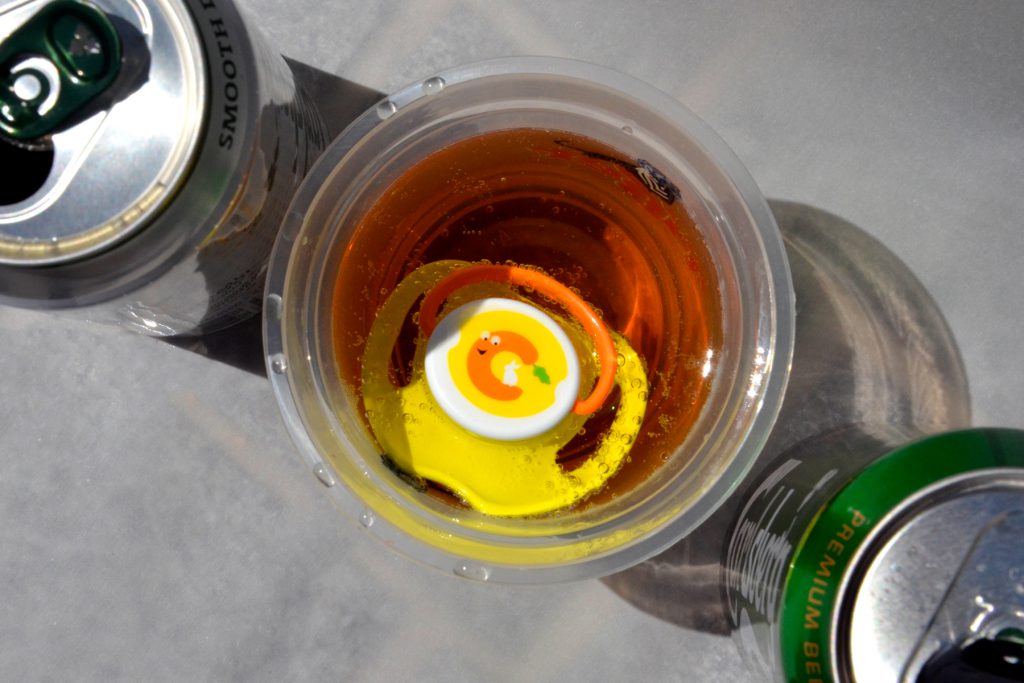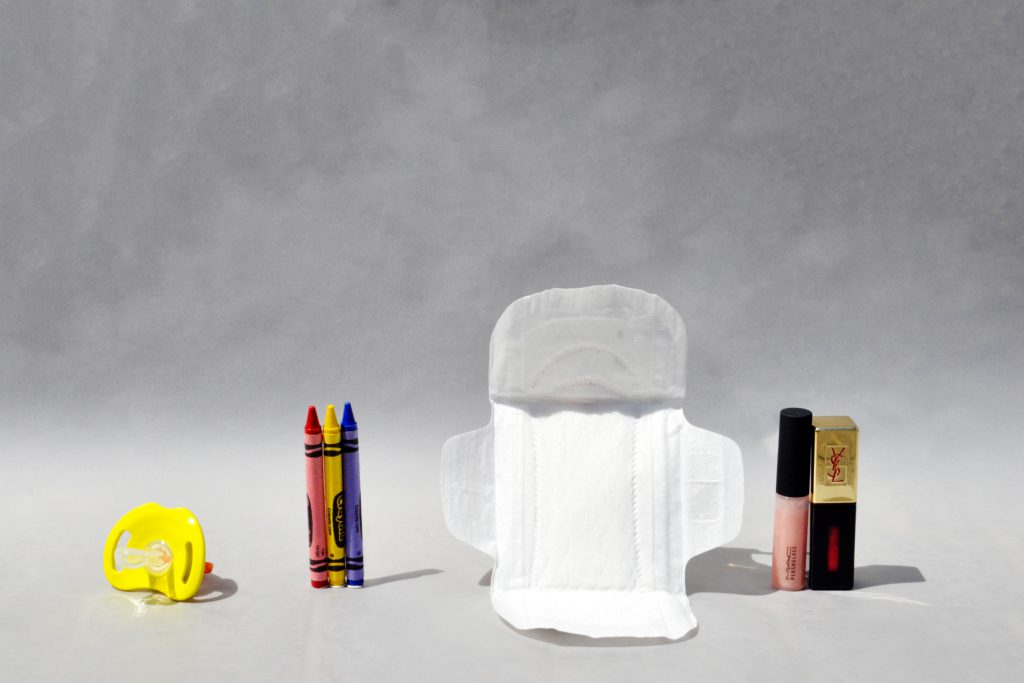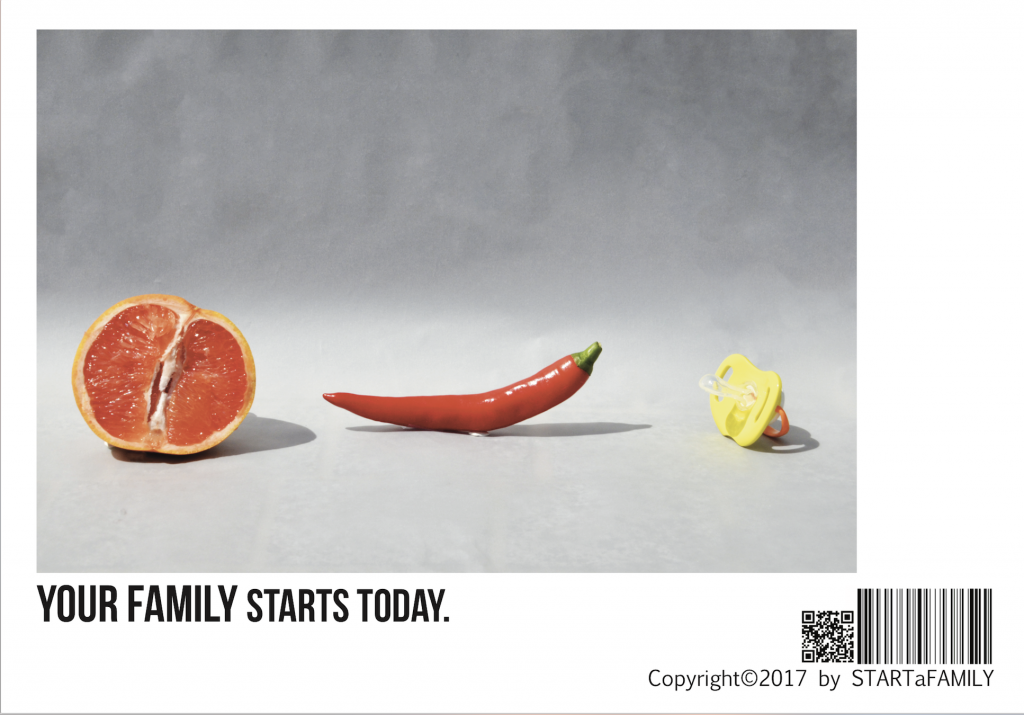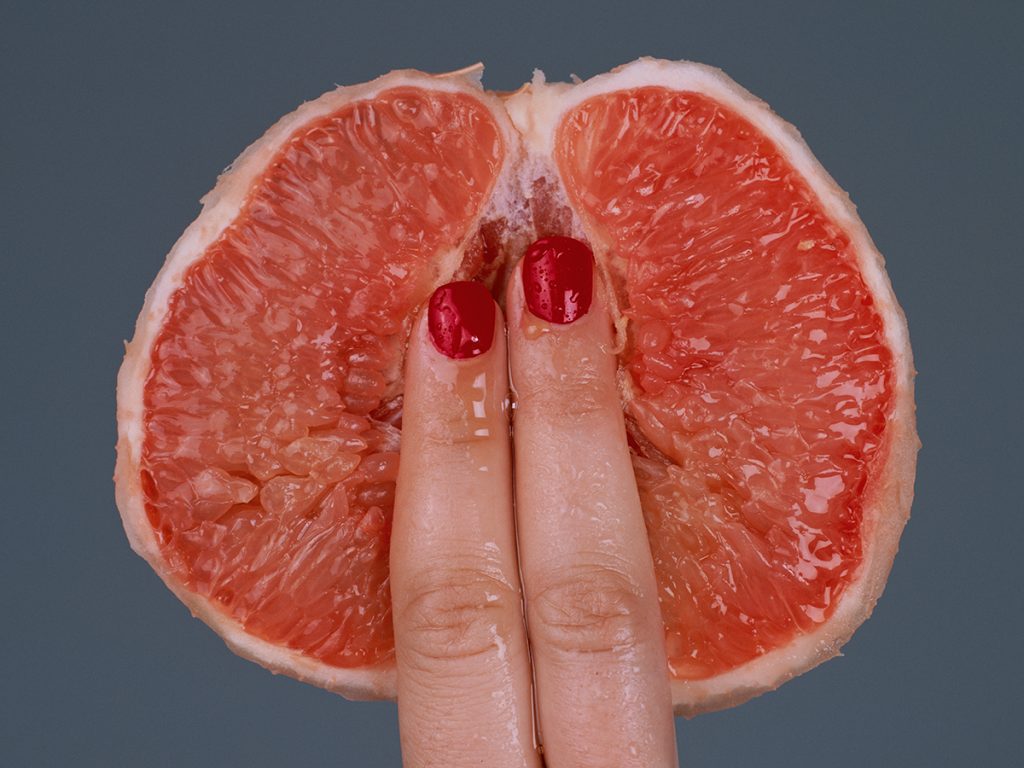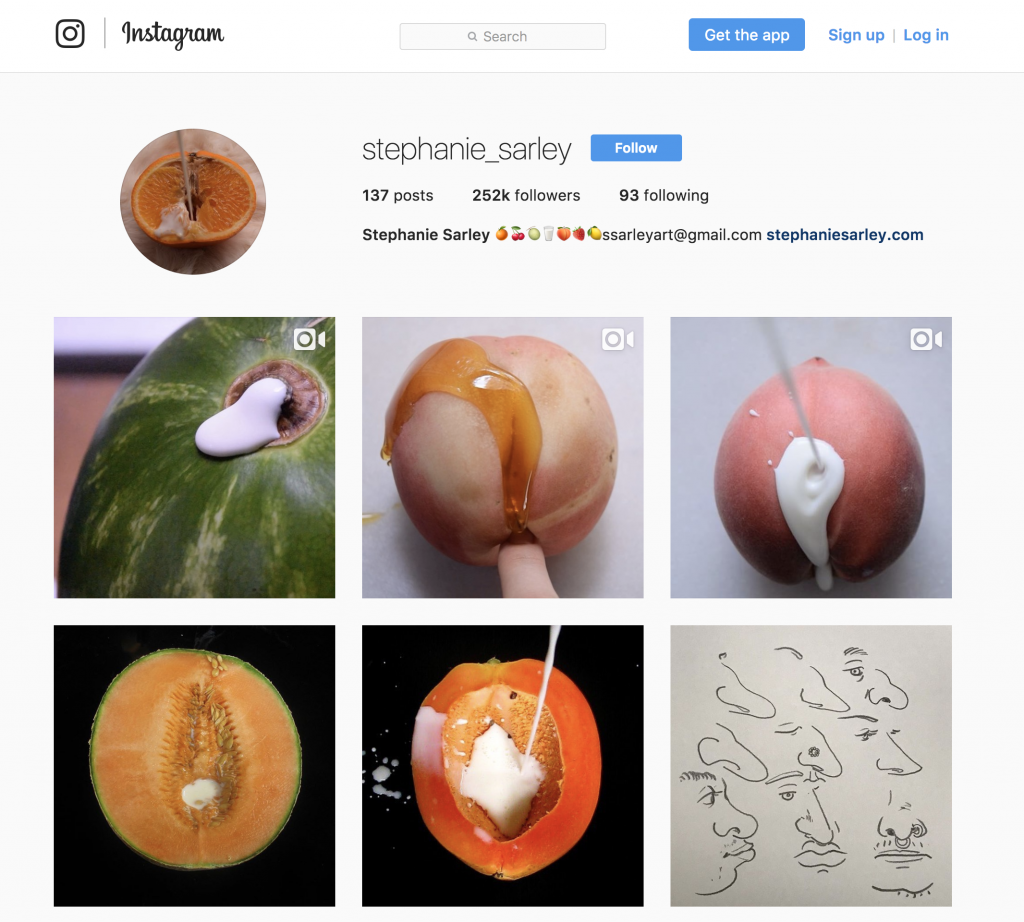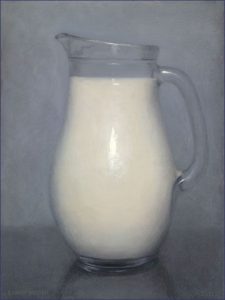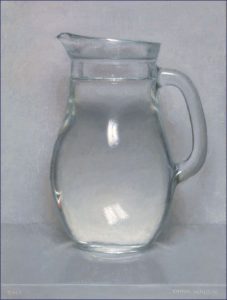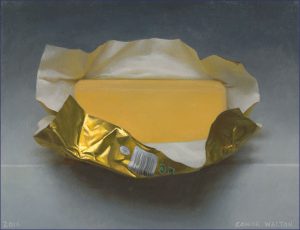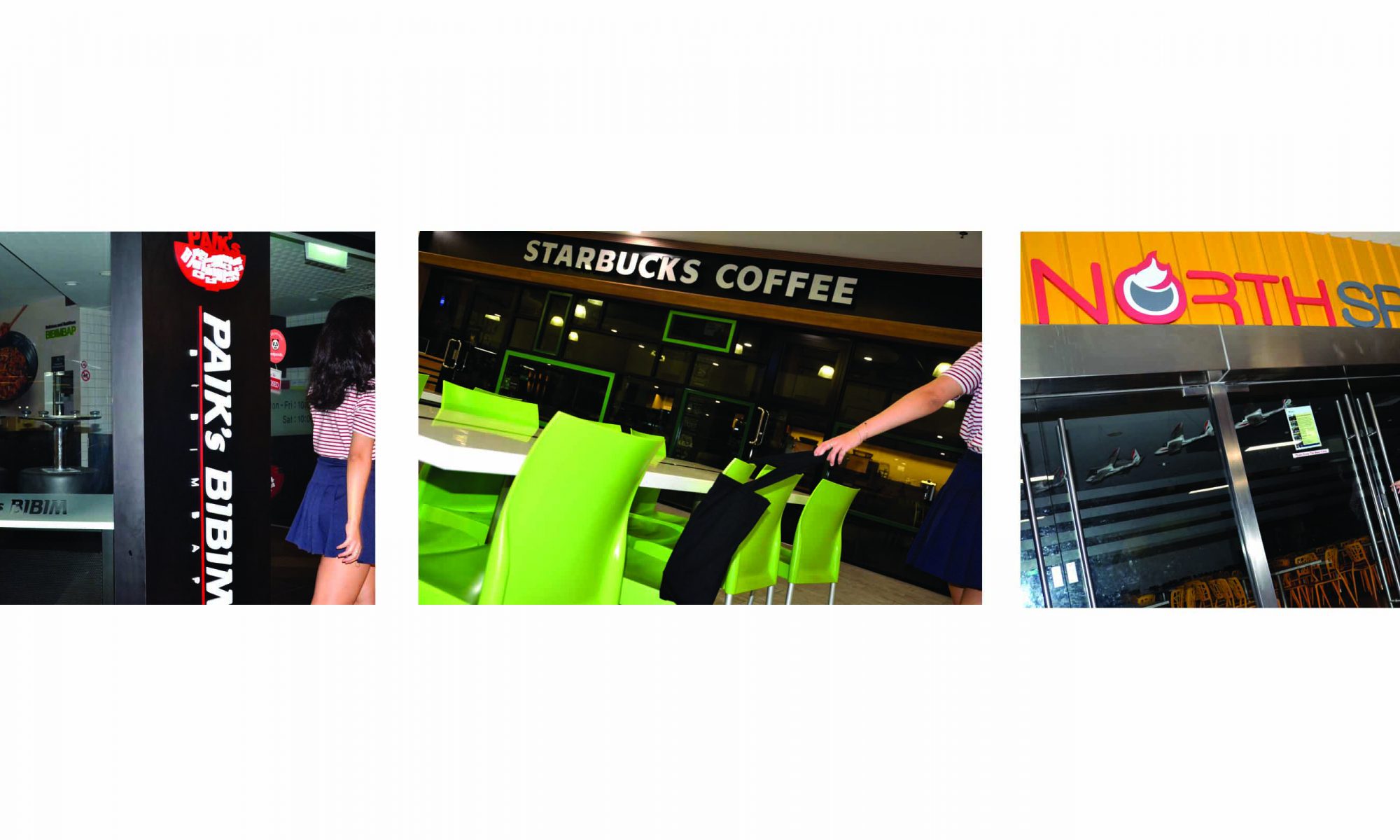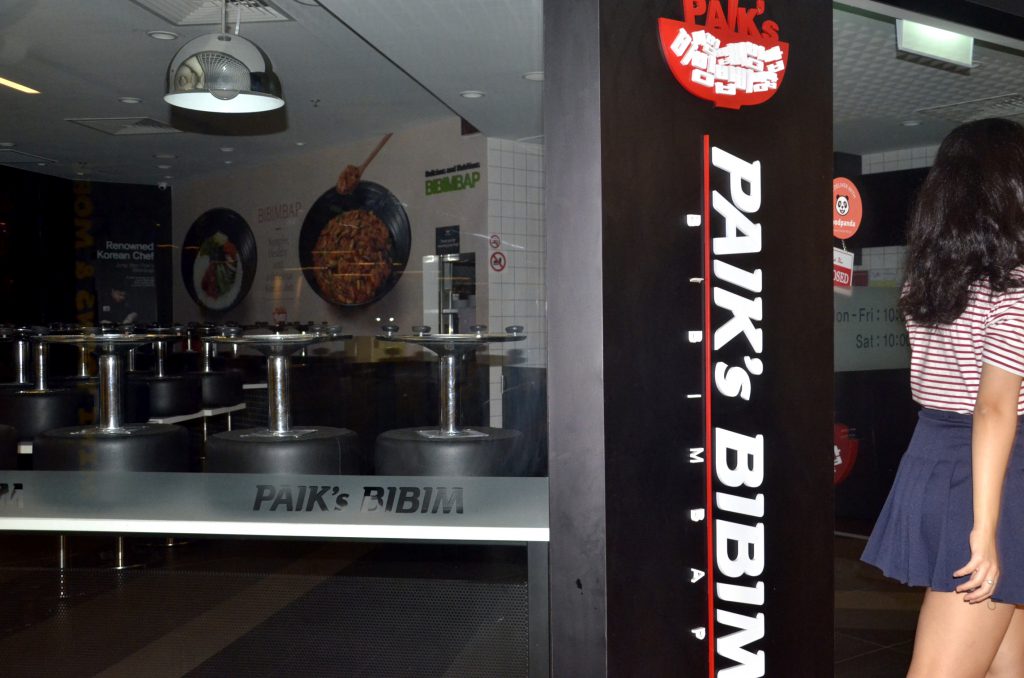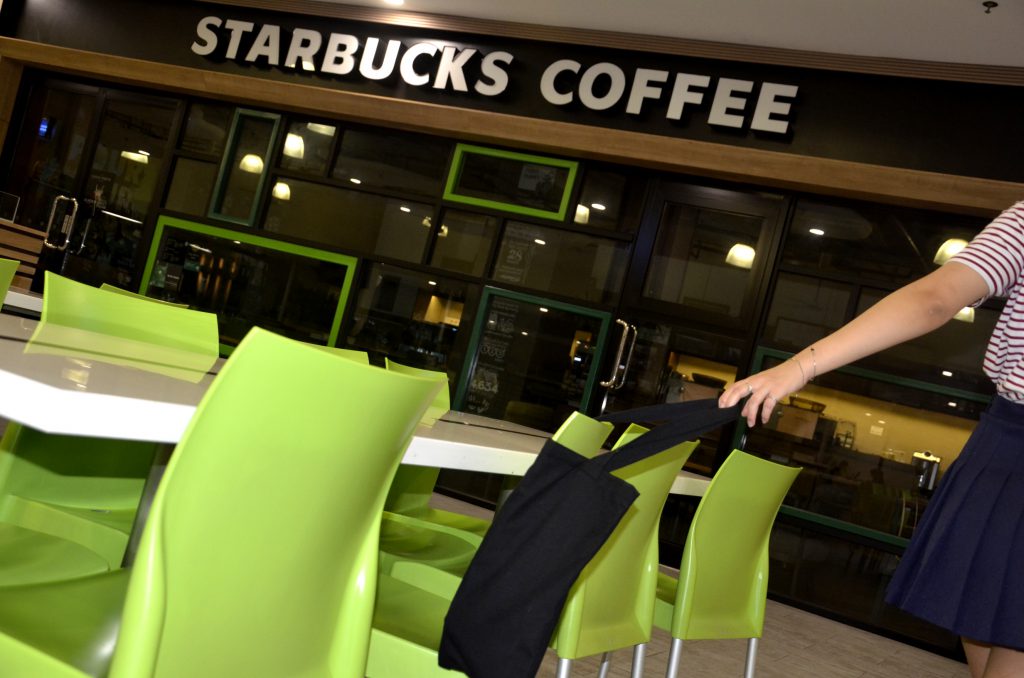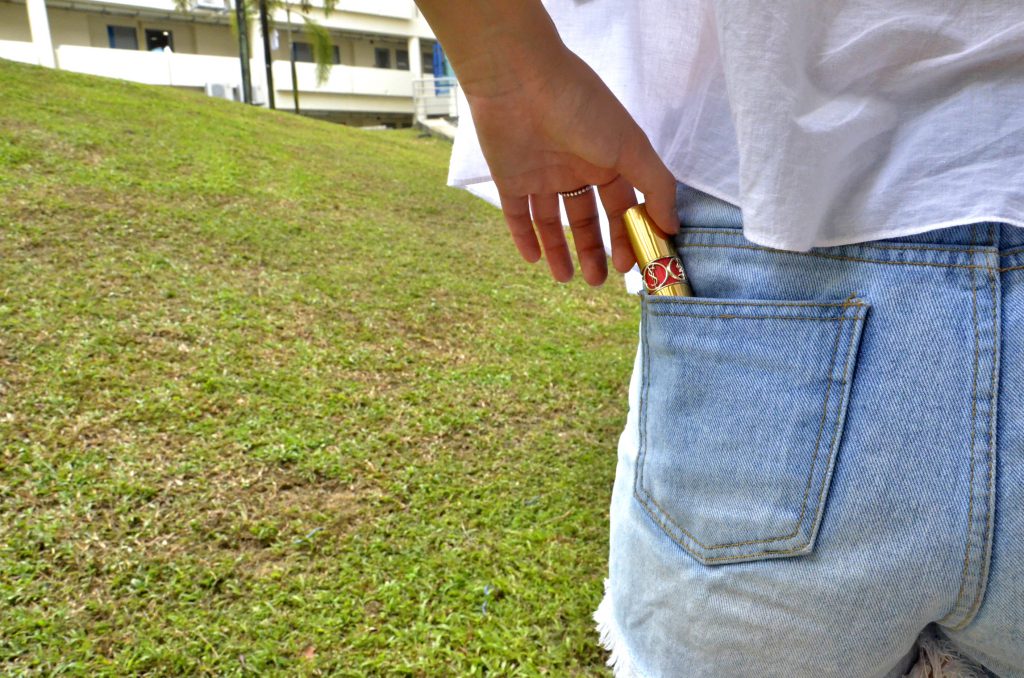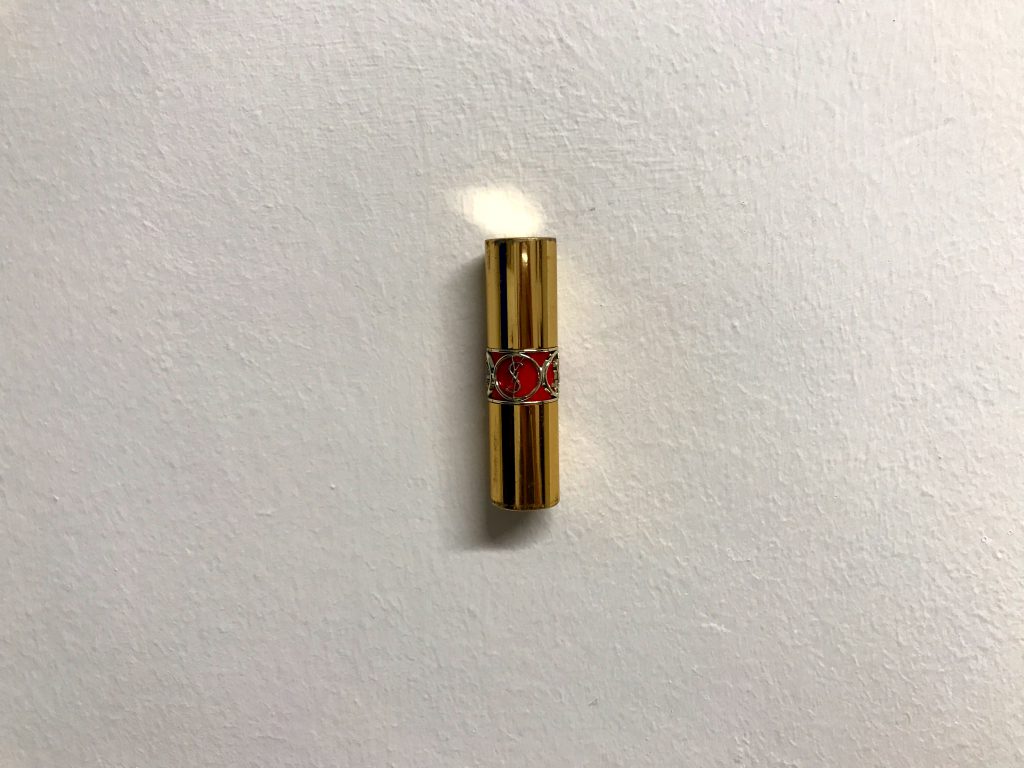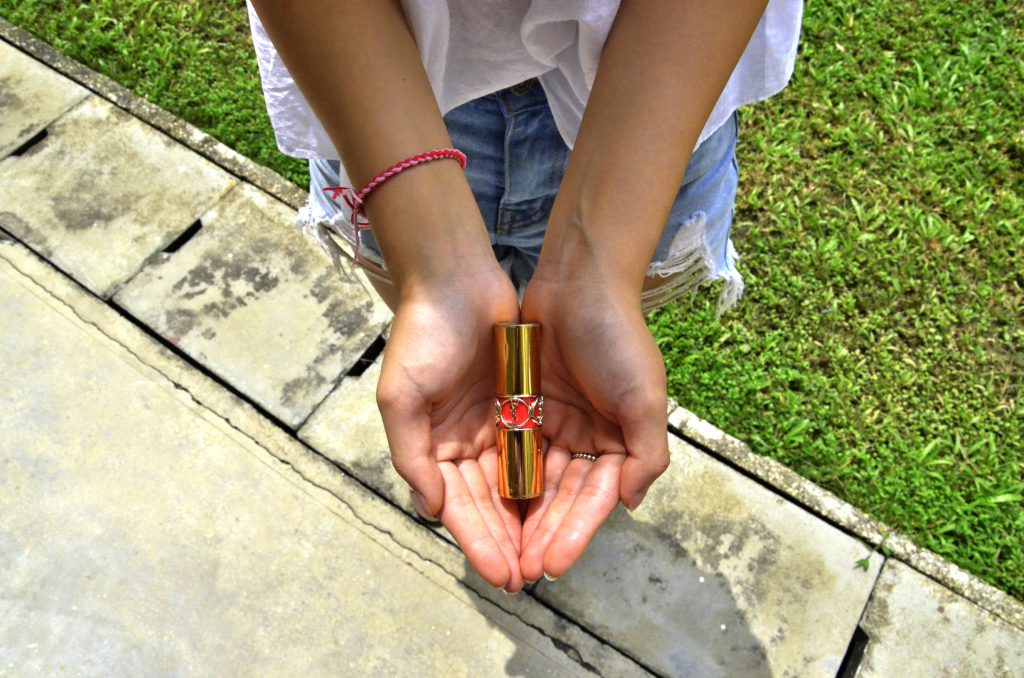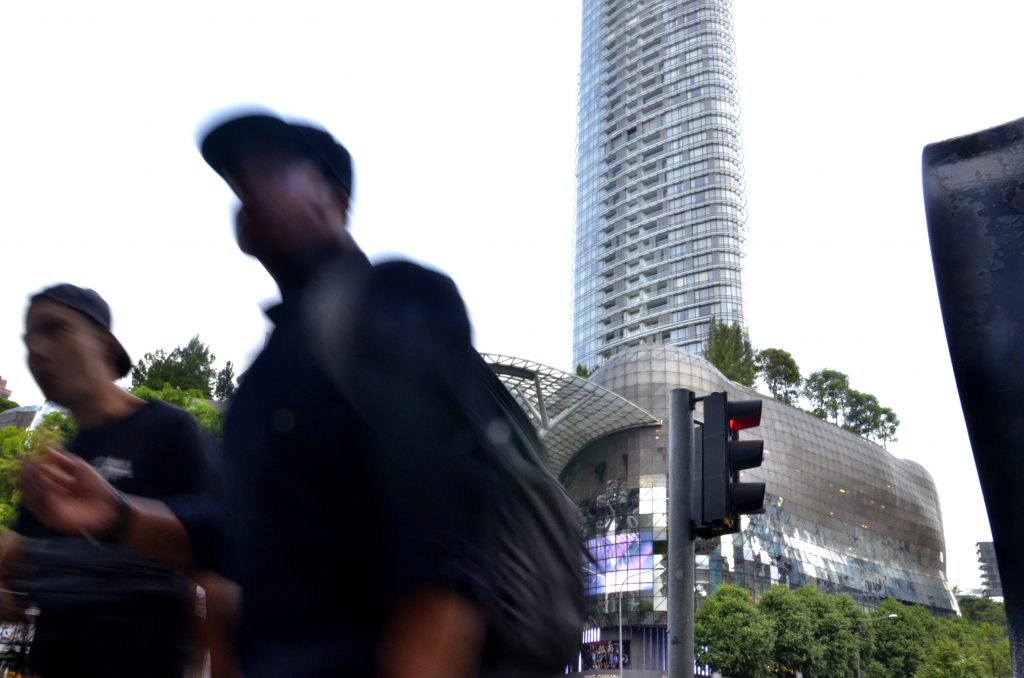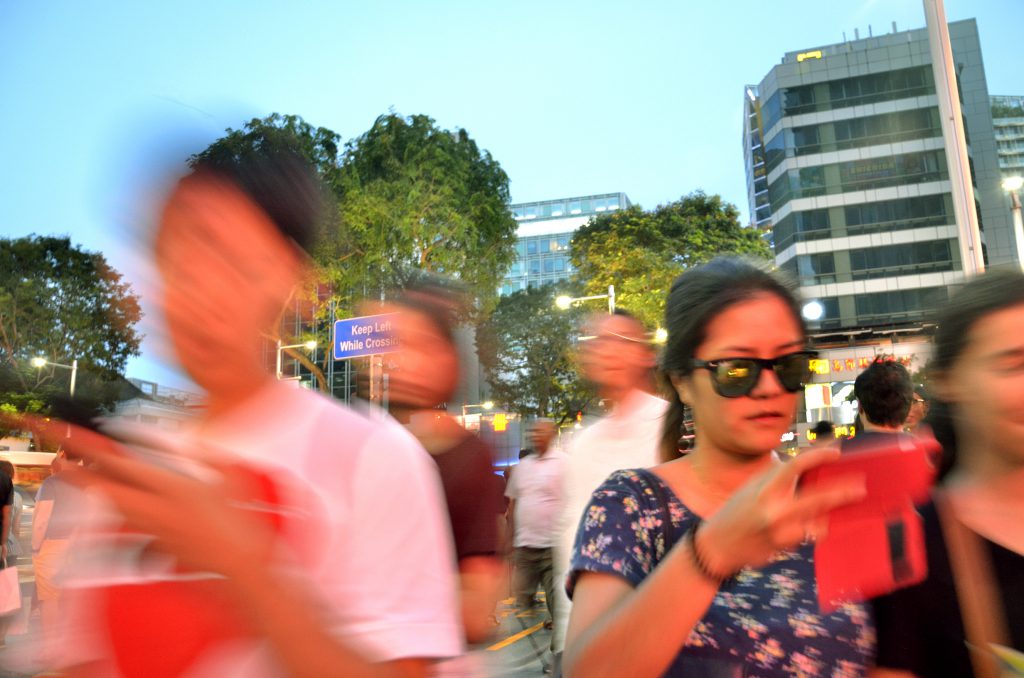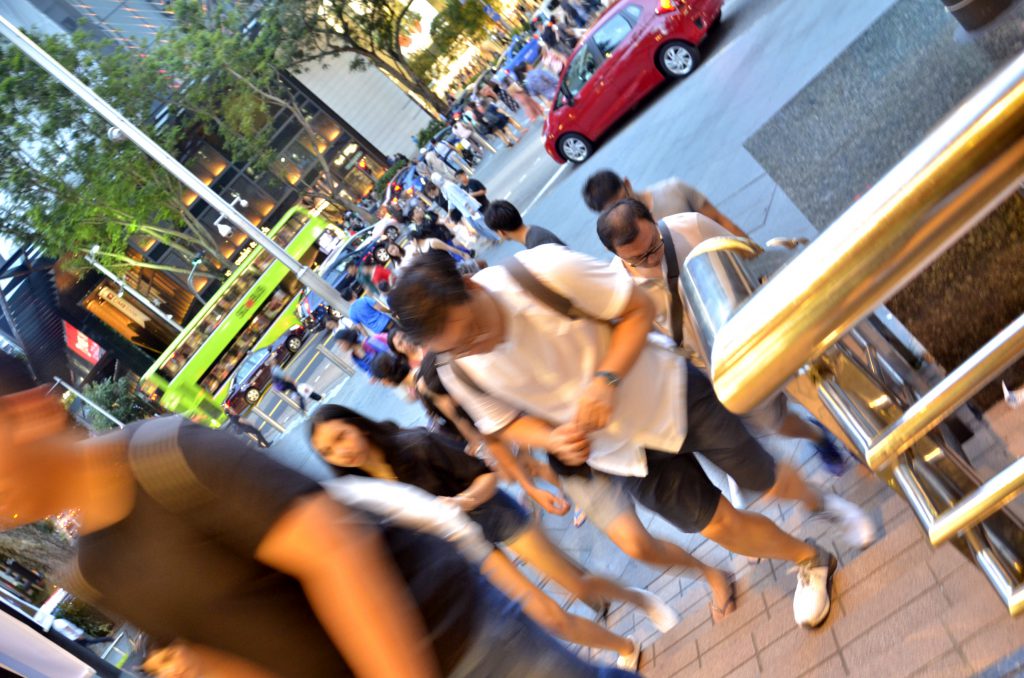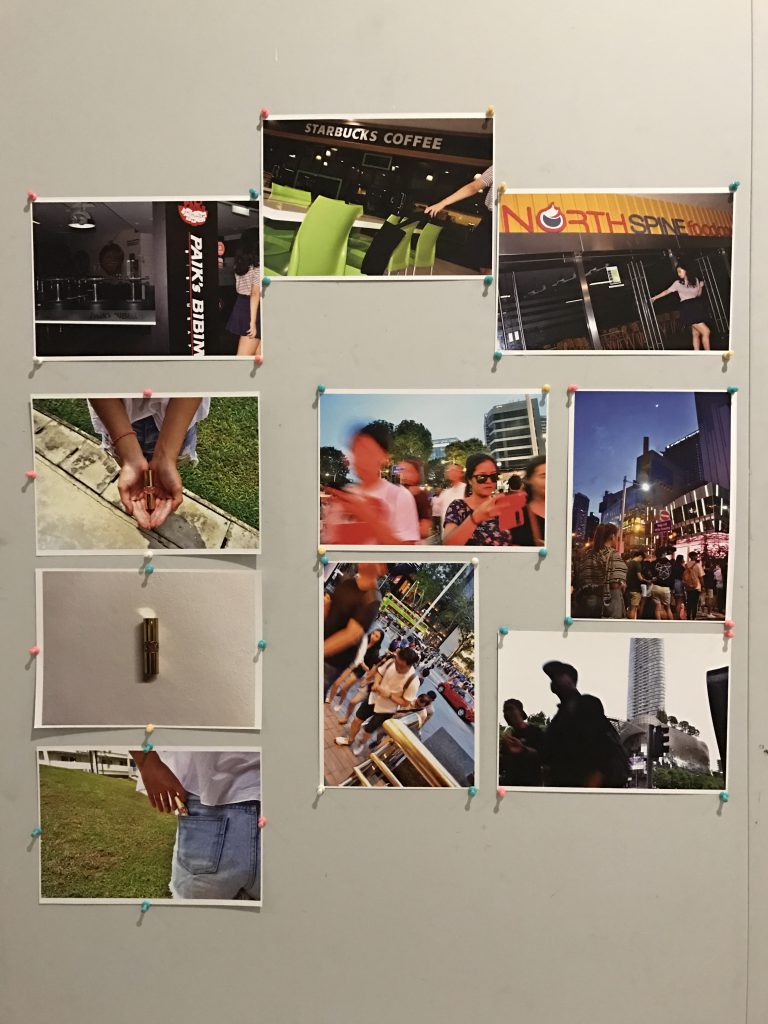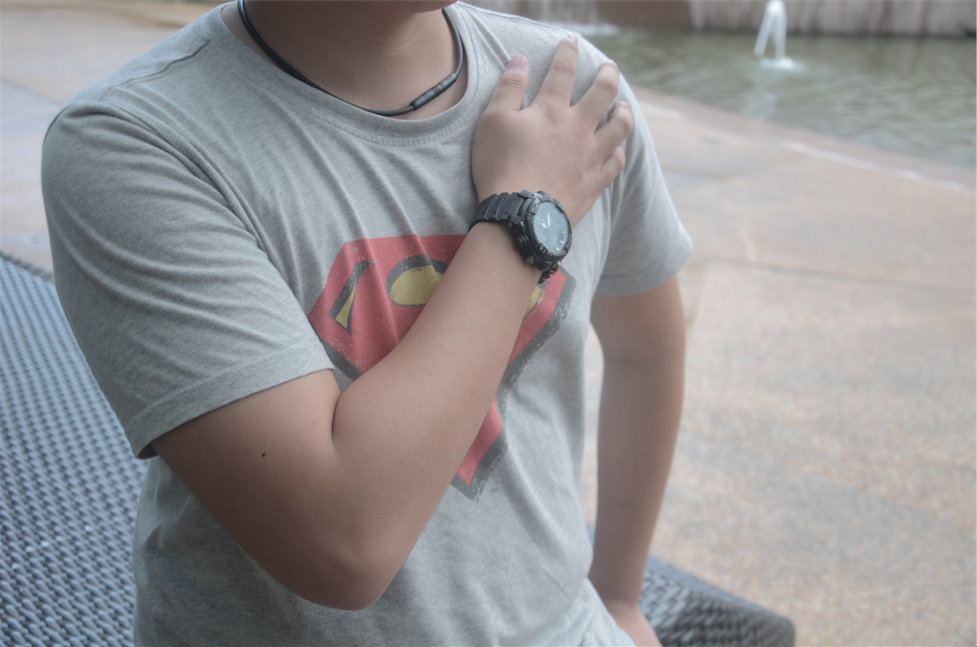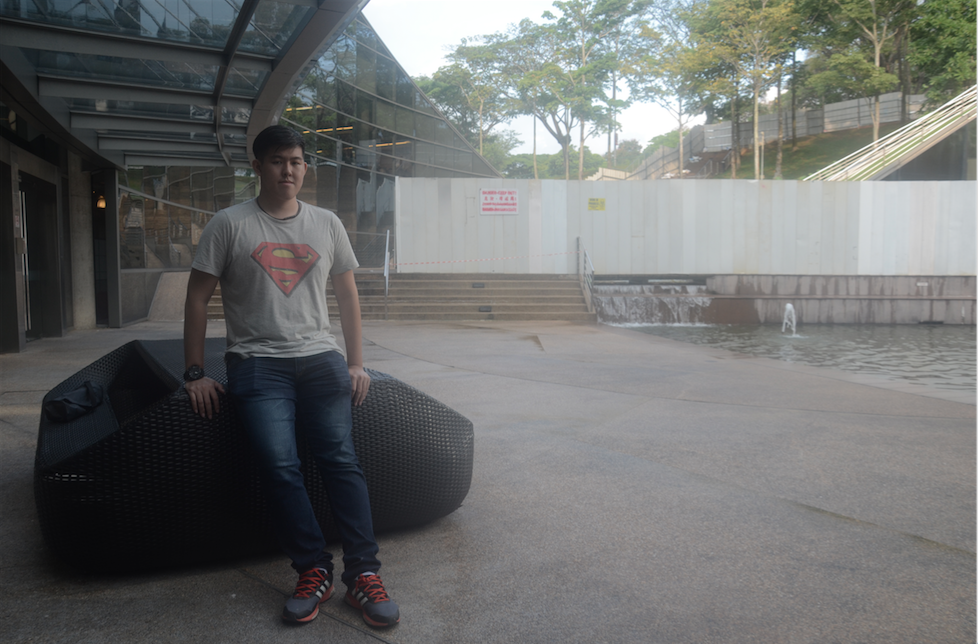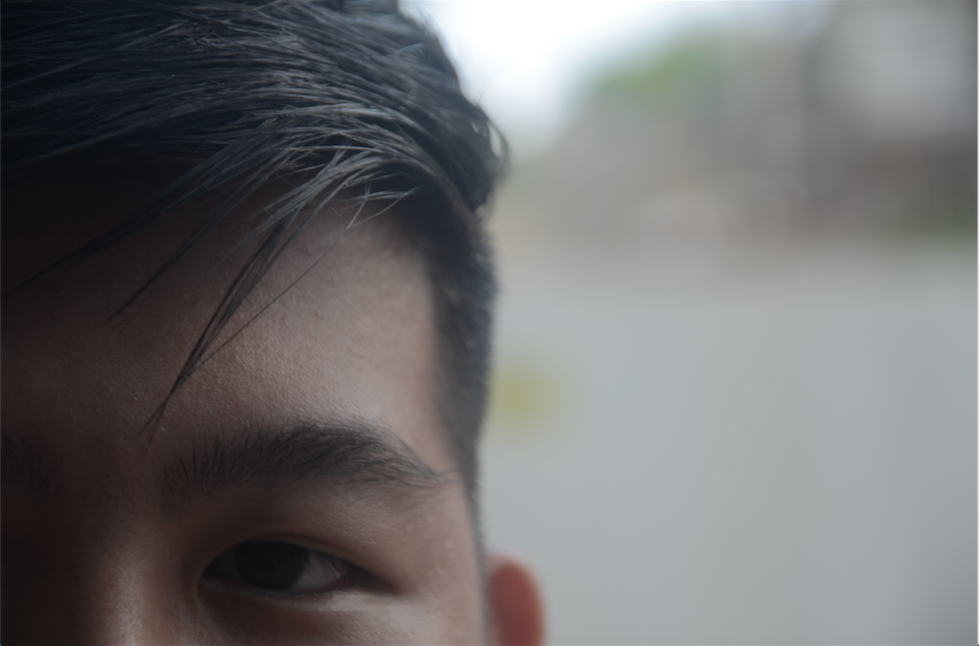Summary of Project
For our final project in our Foundation 4D class, we were tasked with combining all we have learnt from previous projects to create our final video. While the main focus of our project was time, we could incorporate what ever it is we desired. From photography to video, even an interactive installation piece. For my project, I decided to make a video that depicts a real time footage of two FaceTime calls from different timezones.
Types of Time
Real Time:
Real Time is also known as clock time, which is the actual time that is passing. It follows the actual, seconds, minutes, hours, days, weeks, and etch perception of time. There is no manipulation or distortion, it is completely raw.
Experienced Time:
Experienced Time is the time that we believe or feel has passed, our experienced time could be longer, shorter, or even exactly the same duration as our real time. Experienced Time has a multitude of different factors, from personal experienced, cultural upbringings, or mental perceptions and schemas.
Biological Time:
Biological Time is the time that is based on our bodily functions. Biological time consists of waking up, going to the bathroom, the time it takes to digest food, and other bodily activities.
Edited Time:
Edited Time is a manipulated version of clock time. Edited Time can range from slow motion to time lapse to even time jumps from one time to another.
(for my project I focused on Real Time that makes you question your Experienced Time)
Project Proposal
Reason Behind Project
The reasoning behind my project stems from personal experience. As a child who has moved around different countries every once and a while, I have had to say goodbye to different friends. These friends either move back to their home country or I end up moving somewhere else. When I was young, keeping in touch was not as important as it is now. This became more of a problem in HighSchool, because our relationship has been through much more and our desire to keep in touch is stronger. However, due to time differences, our means of communication have decreased. We try our best to match each other’s schedule and balance out the video call so that it does not take too much of our sleep time. All these factors have made it very difficult to make video calls frequent, making our video calls that do happen so important and memorable.
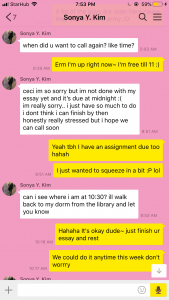
Treasuring every video call because I believed that my friend and I were literally talking to one another at the same time (like we would in the past), I thought we defied the intangible problem of space and time. However, I realized that video call is yet to be perfected, it is constantly lagging and pausing. Messing up our perceived time even more, because I video call that lasted 10 minutes can seem like 15 minutes (filled with pauses and lags). By placing the recordings side by side, I hoped to show that even though it feels like we are in the same room and talking about the same thing, we are actually separated by something more intangible than a mere laptop screen.
I wanted to emphasize the struggle and troubles we go through to talk to our loved ones when we are overseas. And not only is the mode of communication the only problem I wanted to highlight, but also the constant oblivion one feels not knowing what happens to their loved ones who run on an entirely different cycle as them. Specifically, my friend who is studyung in New York is a very close friend of mine; however one day there was an accident involving a man in a truck who injured many people. After hearing this news the next day, I immediately texted my friend and asked if she was alright. My friend responded that she was alright and that after she heard the news the previous afternoon she was worried as well. Though we live in the same world, we experience events and feelings at such different times. This disparity between people and time is the main message I wanted to convey in my project.
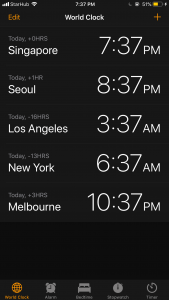
Inspiration for the Video
Modern Family, an American sitcom about an extended family who is quite “modern” and has to deal with the difficulties that come from common social issues such as sexuality, adolescence, cultural identity, judgement, and being connected in such a fast paced society. Modern Family has already reached its ninth season, however, the specific episode that partially inspired this idea was the sixteenth episode of the sixth season. This episode title “Connection Lost” was filmed entirely on Apple Products, from the Macbook to the iMac to the iPad and iPhone.
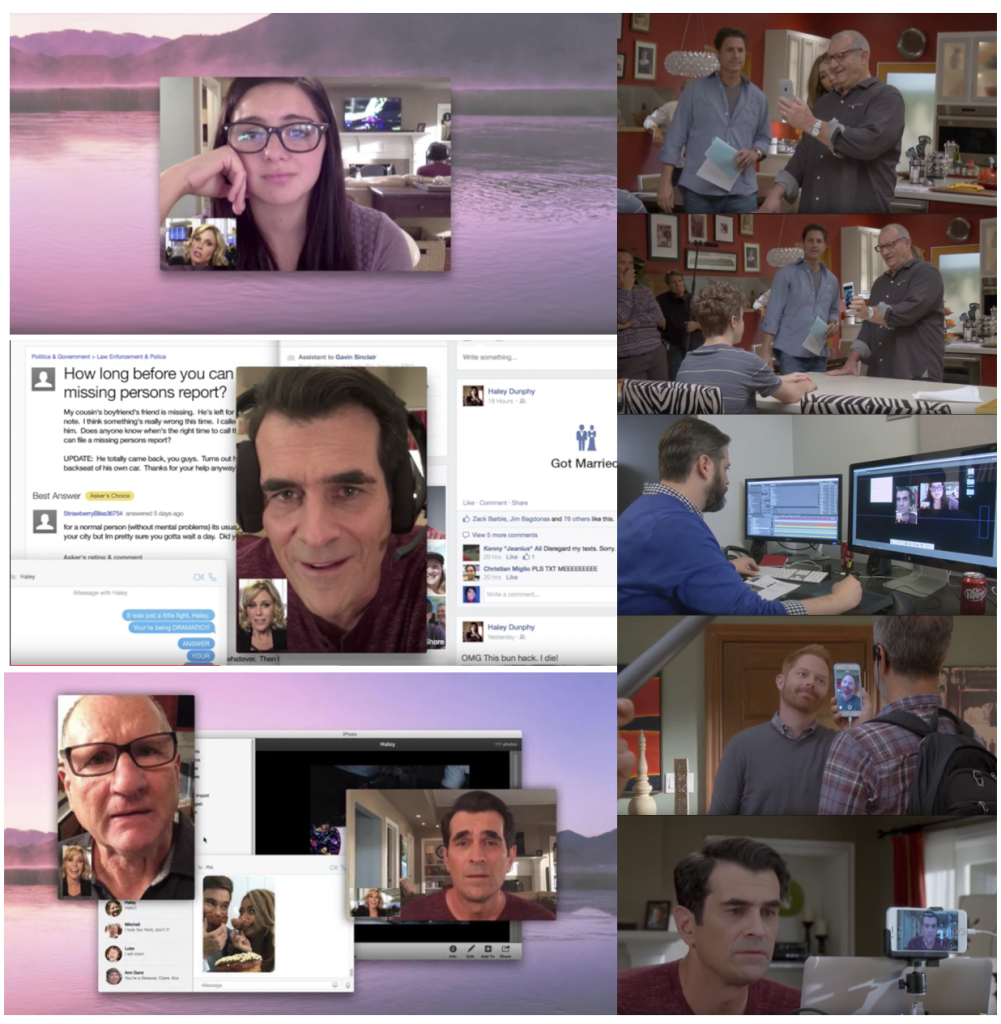
The layout of the entire episode is what you would see on a typical Macbook, as the mother tries to locate the whereabouts of her daughter before her flight back home. This leads to a wild goose chase that involves contacting her entire extended family and creating more moments with one another. While the moral of this story was to draw the line between privacy and technology as well as the importance of taking a break from technology, the way they portrayed this message (through video call) inspired me to try something similar,
Planning the Project
Planning for this video was more tedious then expected. Since the two friends I asked to be a part of my video did not have access to certain equipment, we had to improvise.
For my friend in New York, I had her record the video and audio on her computer while I would record video on my phone (and use someone else’s phone to record the audio). This was difficult because I had to borrow and carry two phones while making it seem natural.
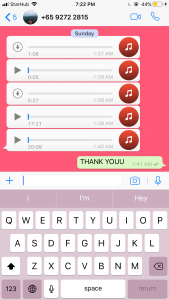
For my friend from Australia, our roles were reversed, I recorded from my computer while she recorded from her phone. The reversal was necessary because her computer was a PC ( and we were unfamiliar with PC’s abilities and was not sure if it could record her computer screen). For many western universities, the past couple of weeks have been exam period; so when my friend and I FaceTimed she was in the library.
Rather than being a difficult video to plan, it was more tedious because of the small trivial inconveniences that arose. I believe this is due to the fact the purpose of this video is to capture a mundane, raw, and every day occurrence. And we can not help these trivial situations to occur because life is full of minor speed bumps that we have to learn to overcome and move on.
Filming the Video
To record the footage, we used the screen recording application on the new IOS for IPhone’s while the audio was recorded using QuickTime’s audio recording function. For the scenes recorded on the computer, we used QuickTIme’s screen recording function.
I made sure that for my friend in New York that I would be the one who had to film outdoors at night instead of her. This was because I know how dangerous New York can be after dark, even inside her campus. I felt safer if I was the one who had to commute in the dark in NTU because I knew how safe the area was. However, this did end up making her film outside in the cold (slight overcast in Fall).
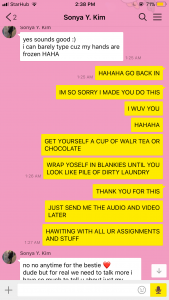
For some reason the IPhone screen recording disconnects when receiving a call. Which resulted in only having footage from one side of the time zone, the one who made the call. To counteract this problem, one friend was on a computer while the other friend made the call through her phone.
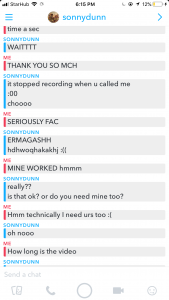
We used GoogleDrive to transfer the files between each other because certain files were too big to fit in one email.
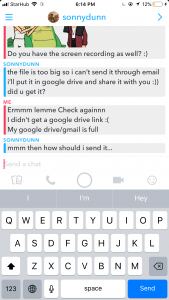
Editing the Video
Editing the video was difficult because I have little experience with Premier Pro, however, this was the only application on my laptop that allowed me to create a split screen effect on one composition. This split screen effect was necessary to emphasize the idea of feeling as if we were in the same room but ultimately being in two different parts of the world.
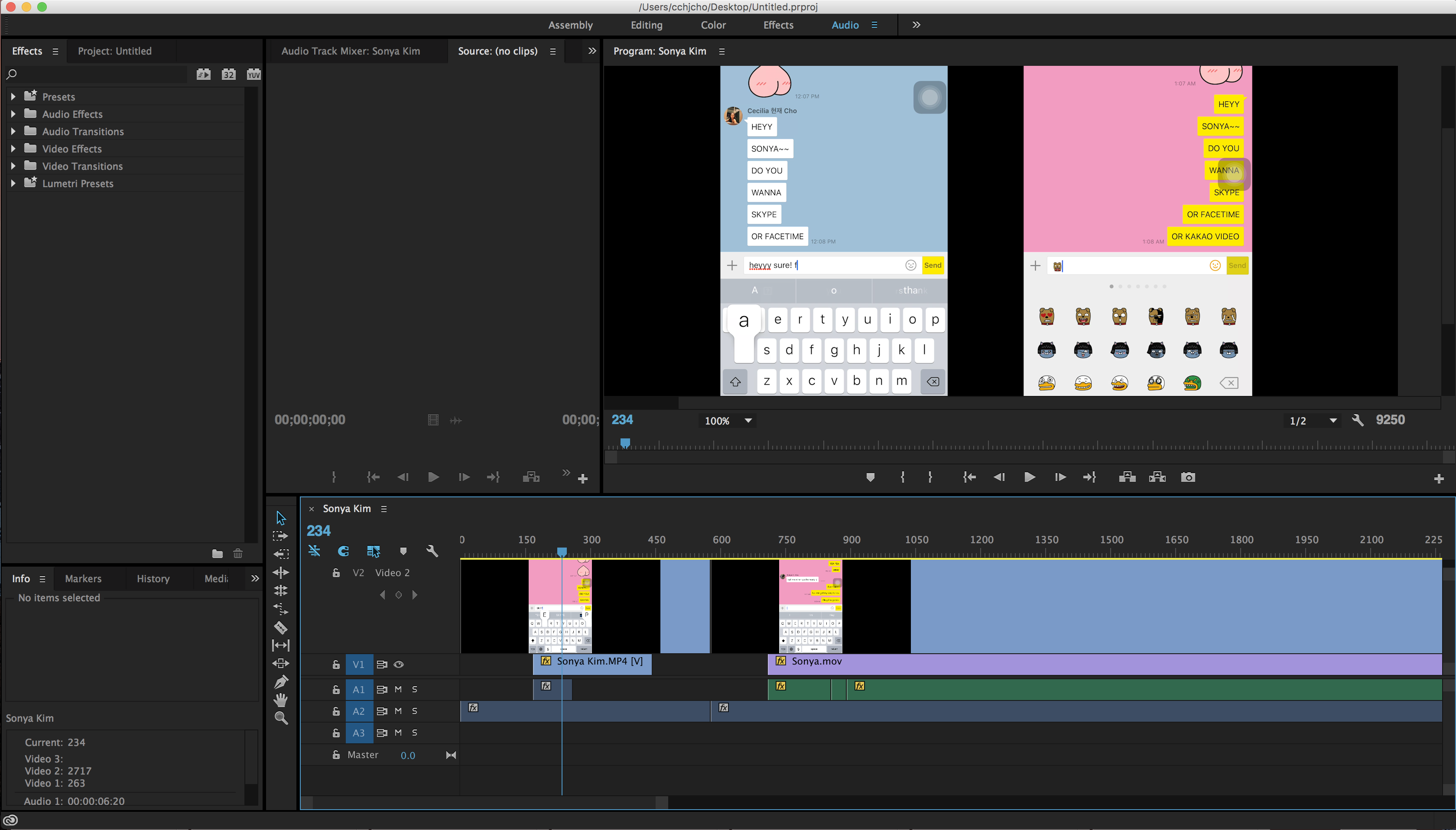
However, as I started to work on the video more and more, old memories of how to use Premier Pro came back to me and I was able to create the video with more ease than previous.
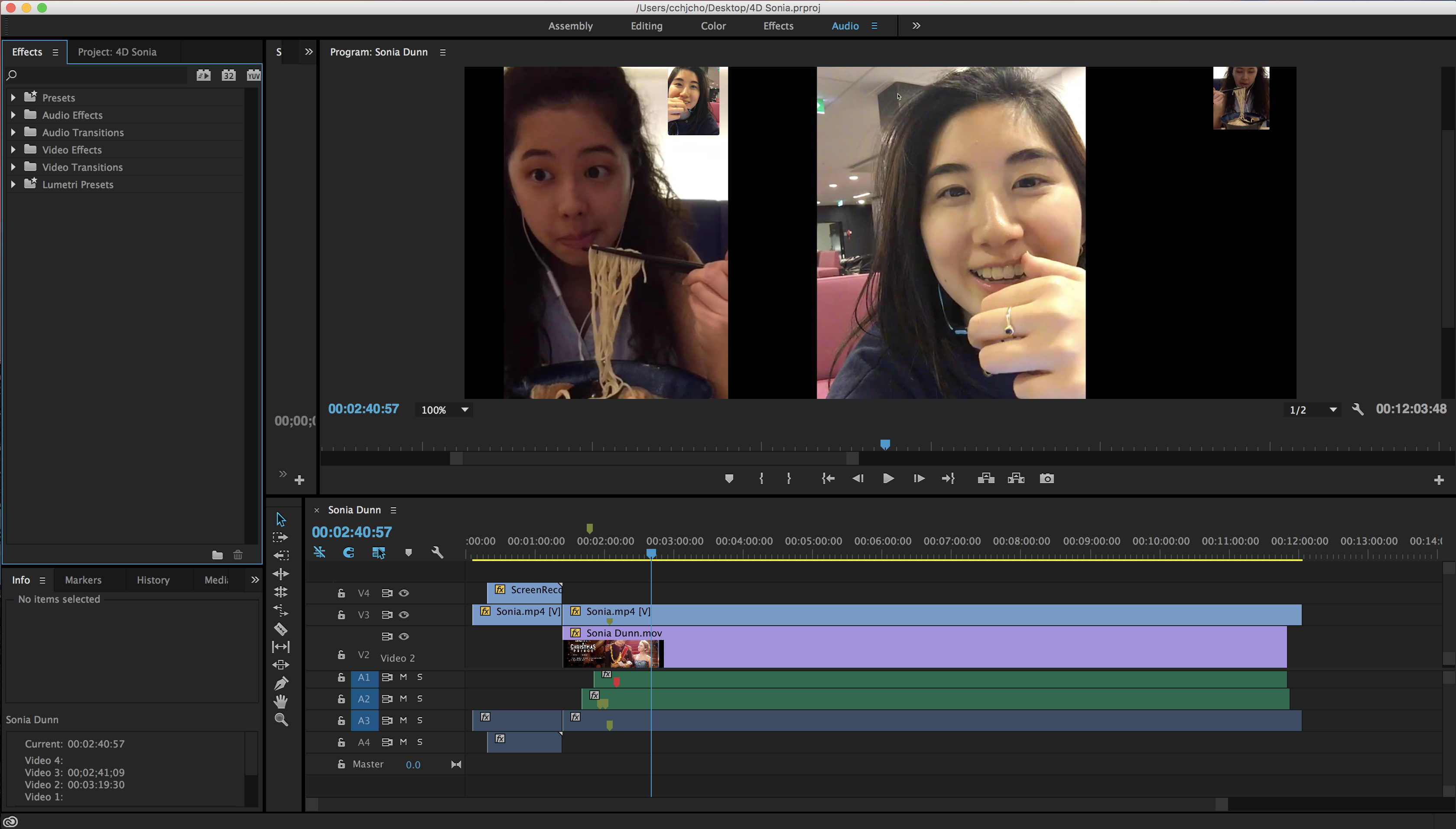
One technicality of this video that was difficult to overcome, was synchronizing the video and audio as accurately as possible. In real life, the audio and the video do not synchronize perfectly instead there are glitches and lags that occur throughout the entire call. And trying to match the audio with the video glitches and the video with audio lags was a very confusing process. In the end I realized that the audio of a certain person will always match the video from that persons phone. This explains why we always feel as if our connection is perfectly fine but there is something wrong with the other person’s connection. Using this as a golden rule, I continued to edit the video.
Displaying the Video
I asked everyone to take out their laptops (or phones) and an earphone when watching my video. This is because I wanted to recreate the same experience one would go through when they are FaceTiming someone. FaceTiming is a very personal one on one experience with the person on the screen and the earphones help block out external noises. My classmates have the option of watching either video, in a way it was more based on chance. I asked my classmates to chose either of the links displayed on the projector screen. Based on the views, I believe that at least 3:4 split between the class.
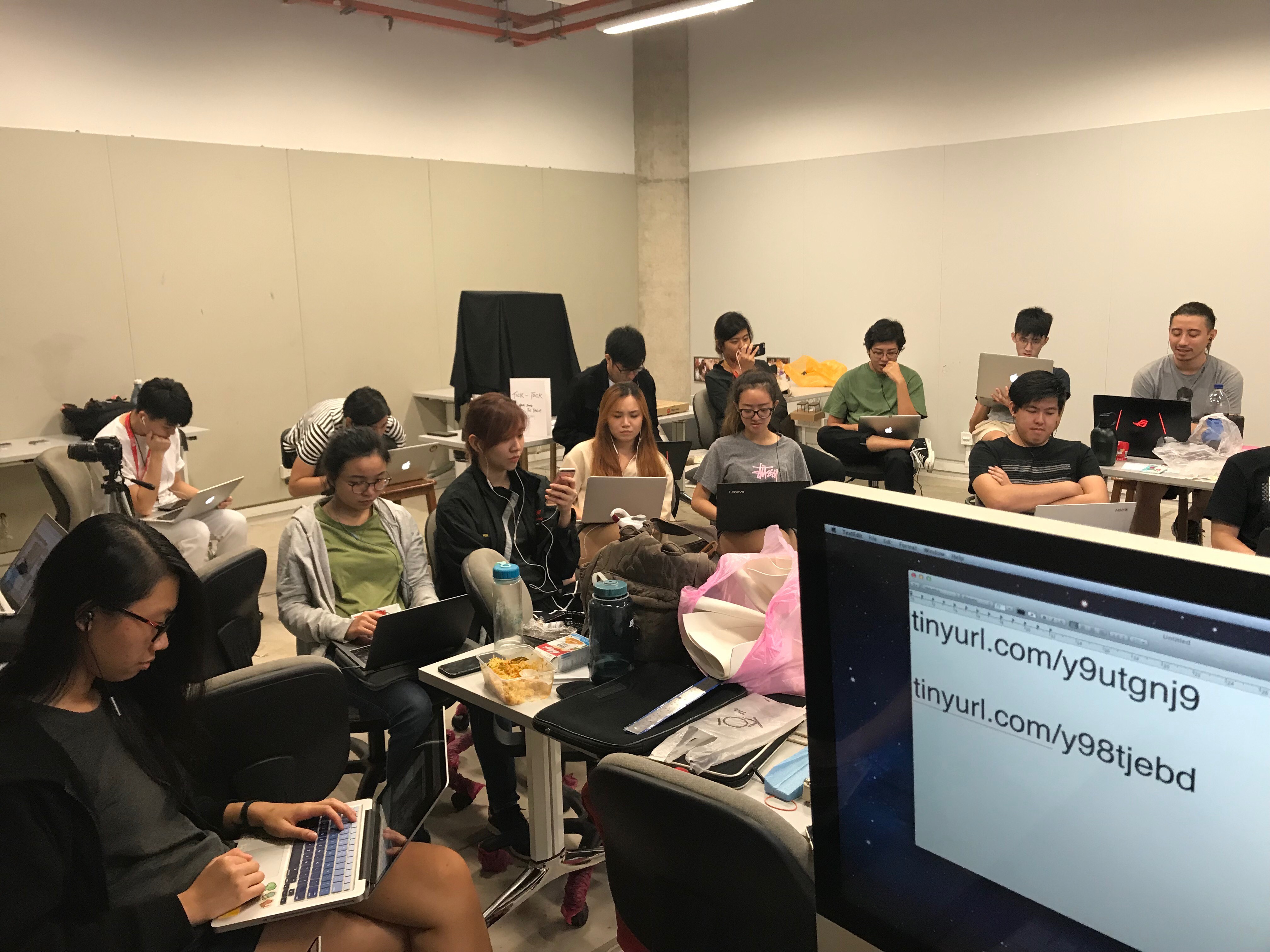
I also named the videos with the respective time difference between me and the friend. One friend who studies in New York City is labeled at -13 because New York is 13 hours earlier than Singapore while my friend who is currently on an exchange program in Australia is labeled as +3 because Australia is 3 hours ahead of Singapore. Choosing to label the video with numbers rather than the country name or my friends name left the viewers wondering what on earth the numbers represented. Not only until they watch the entire video do the viewers start to piece together the clues.
FINAL VIDEOS:
Real Time and Experienced Time
The Real Time:
This project is filmed and projected in real time, so the audience watching the video and the people filming the video are all experiencing real 10 minutes of footage. However, the fact that they are experiencing this clock time of 10 minutes is further confuse the audience after they take note of the time difference and the discrepancies in-between.
The Experienced Time:
I wanted to warp the audiences experienced time by playing with their perception. While they see that the video is roughly 10 minutes long, I hope that in the end they feel as if they watched something longer or something different. I also hope that in the end they wonder what happens after the video and while my classmates can predict what I could be doing after the video call, I hope that they are curious about what my friends will end up doing as well.
Reflection on the Project
It is so hard sometimes to think about the other side of the world, or even imagine an area that is sleeping soundly while we are commuting from place to place under the bright sun. Social media and Video Platforms may seem like a bane of modern society because of the detrimental effects it has on the youth, but there will always be two sides of a coin. And to me, the positive side of advanced technology is the way it tries its best to connect the world together. Sometimes, technology does not fall through and causes more dissociation through miscommunication and lags; however, in the end it gives us a moment to treasure. Though we live in different countries, cities, and streets or speak different languages and embrace different culture, we still coexist in the same world.
Future Possible Projects
As I was working on this project, I continued to think about other possible projects I could do based off of time. Especially, after the Time Jewelry Series I once sketched a couple years back. Two specific projects, one that deals with the gradual yet unpredictable vulnerability of time and another that like the project above deals with the idea of different times coexisting regardless of A.M. and P.M.

